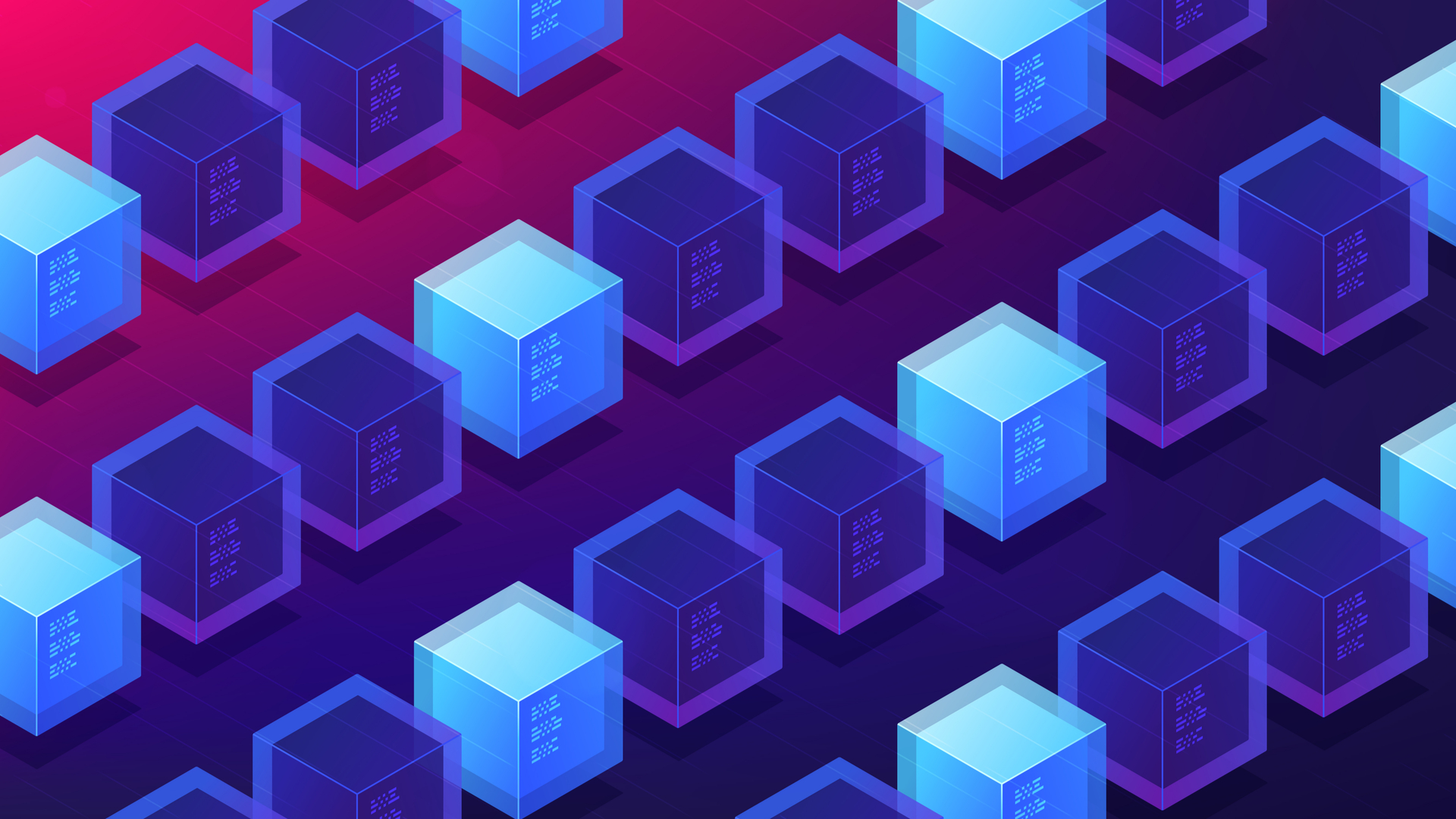Top 10 essential technology trends you must follow in 2022
We’ve listed the best technology trends for you to consider in 2022, their application, and how they will impact your life


Advances in hardware and software development, data analysis needs, security considerations, medical emergencies, sustainability, privacy concerns, connectivity, and communication have all inspired the latest technology trends.
The unexpected switch to remote and hybrid working has also fuelled some of the progress in the tech world.
Even though the limitations on movement and assembly brought about by the COVID-19 pandemic hampered tech projects, there are still many innovative technologies to look out for in 2022. Companies have become more agile, adapting to the new normal and releasing upgraded technologies to help other businesses manage their work.
Read on for the 10 essential tech trends to follow this year.
1. AI-powered cybersecurity
The steep increase in cyberattacks, email phishing scams, and ransomware is forcing cybersecurity firms to search for tech solutions to address the vulnerabilities. Criminals are hacking individuals’ accounts, countries’ critical infrastructure, and businesses of all sizes, causing millions of dollars in losses.
Workplace digitisation and remote working in response to the COVID-19 virus made it a priority to retrain employees on online safety to reduce data breaches and losses.
Businesses are also adopting new cybersecurity technologies, such as artificial intelligence (AI), to monitor and guard networks against hackers in real-time rather than responding to the threat after the damage is already done. Moreover, cloud storage companies are offering end-to-end encryption for online data storage and data transfers.
Get the ITPro daily newsletter
Sign up today and you will receive a free copy of our Future Focus 2025 report - the leading guidance on AI, cybersecurity and other IT challenges as per 700+ senior executives
2. 5G technology adoption

According to Ericsson’s Mobility Report, published by Statista Research, 5G technology subscriptions will surpass one billion this year.
While 4G brought significant improvements, for example, in streaming videos seamlessly, 5G has 100 times the speed, meaning that uploads, downloads, data transfers, and streams will be much faster.
5G will boost the Internet of Things (IoT), which involves internet-powered smart devices linking and operating together. Unlike with 4G, many devices can connect to the 5G network without a significant drop in speed, latency, and reliability. That’s because of the network-slicing feature that creates independent networks offering different services for each device.
Furthermore, while 4G mobile networks struggle with connectivity in a crowded location, 5G can transmit its radio waves to as many as one million devices per square kilometre.
3. Internet of Behaviours (IoB)
A lot of customer data is collected by service providers through IoT devices in the home. Businesses are using analytics and big data techniques to determine the data’s value in what is now known as the Internet of Behaviours (IoB).
By reviewing this customer information, businesses can personalise their services, market their products, and improve a customer’s experience with the company.
While personalised solutions are important, companies face an uphill battle convincing users to share personal data with them to develop these solutions.
Website hacking and other cybersecurity challenges also make customers uncomfortable about risking their privacy in return for valuable services. A different approach to data collection will be vital for businesses’ data analysis needs.
4. Artificial intelligence (AI) and machine learning

Artificial intelligence is one of the most consistently evolving technologies in the world. Its widespread use symbolises its potential to provide solutions in multiple industries, from health, security, and education to logistics and information technology.
For example, navigation apps use AI to guide drivers through various locations, while machine learning technology ranks online search results and predicts what a user is searching for by offering suggestions.
Other uses for AI include automation in manufacturing, guiding self-driving cars, operating as smart online assistants such as Siri or Google.
Plus, AI is helping with airline reservations and hotel bookings. However, perhaps its most potent power is in analysing large chunks of data and providing reports that can be used by organisations to develop strategies and solutions.
5. Metaverse
Facebook’s name change to Meta put a spotlight on the metaverse, described as the next evolution in social connectivity.
The metaverse is a virtual, three-dimensional space that people can log into as avatars to socialise, work, shop, collaborate, or play games together.
Companies are investing in novel technologies to bring the metaverse to life, such as virtual reality (VR) and augmented reality (AR). For example, VR headsets enable people to explore and immerse themselves in digital worlds and share experiences.
Metaverse real estate sales reached $501 million (£411 million) last year and have already topped $85 million (£70 million) this year, according to MetaMetric Solutions. Thanks to blockchain technology, people can own these virtual assets or even make in-game purchases.
6. Blockchain technology

After years of uncertainty, blockchain technology is now establishing itself as a viable solution to many tech challenges.
Blockchain is a distributed ledger of decentralised data, and it underpins cryptocurrencies, digital payment technologies, encryption technology, and blockchain gaming. A rising trend is for content creators to use non-fungible tokens (NFTs)—blockchain data units that are not interchangeable–to create digital work, sell it online, and earn cryptocurrencies.
Blockchain’s ledger feature is making the technology applicable for storing medical data and other personal records, protecting copyrights, listing title deed owners, tracking digital transactions, trading in NFT marketplaces, and supply chain monitoring.
7. Clean technology (cleantech)
The desire for sustainable living is influencing the development of new technologies known as clean technologies–or cleantech, in short.
Cleantech reduces the environmental impact of products or services while optimising the use of natural resources. Renewable energy has been the most notable attempt at developing sustainable technologies, with wind, hydroelectric, and solar power having a lower carbon footprint than fossil fuels.
Currently, the top cleantech trends include rechargeable batteries, electric vehicles and motors, solar panel development, biofuel-powered turbo generators, and waste management technologies. Since mining cryptocurrency is harmful to the environment, some businesses are offering alternative crypto coins, such as Chia and Cardano, which are less energy-consuming than the likes of Bitcoin.
8. Educational technology (edtech)

The COVID-19 pandemic fuelled school closures worldwide, hurting the educational sector and class learning for billions of students.
Educational technology (edtech) companies have emerged to provide solutions by creating digital platforms for remote learning. Investments in the e-learning industry are increasing as startups form to innovate online education software and video conferencing technologies to give students access to teachers and courses.
Online classes can be made fun and engaging by gamifying the experience. Integrating AI into the teaching platforms personalises the coursework, tracks students’ learning styles, provides reports on their progress, and automates grading.
In addition, AI simplifies the curriculum-creation process by reviewing the educational content available and highlighting what should be included in the lessons.
9. Collaborative technologies
Office workers were restricted from going back to the office due to the COVID-19 safety guidelines. Thus, companies shifted to remote working, using collaborative technologies to recreate office settings, employee engagements, and workflows.
Companies that design collaborative tools went back to the drawing board, upgrading their services to meet the new and unexpected demand for shared online workspaces.
The most common collaborative technologies come from Google Workspace and Microsoft Teams. Both offer proprietary project management apps, third-party integrated apps, messaging apps, voice calling, and video conferencing tools for their digital workspaces.
The primary benefits of collaborative technologies are document synchronisation and employee communication in real-time, ensuring work can be completed efficiently.
10. Telehealth

Another outcome of the pandemic has been the increased investment in telehealth services, which encompasses remote monitoring, diagnoses, evaluations, and doctor–patient consultations. People with mental health concerns can also reach out to online counsellors for guidance and support.
Innovative telecare health monitoring devices track lifestyle changes and internal body states, thereby predicting potential health emergencies such as heart conditions. Other technologies improving contactless patient interactions include telemedicine robots and surgical robots.
Machine learning algorithms are also being applied to the telehealth field. The AI can scan data to select patients who should enrol in telehealth programs and send alerts if a patient’s health metrics exceed a predefined threshold. As a result, doctors can have better control over a patient’s day-to-day treatment.
Summary
The COVID-19 pandemic has had a significant impact on technological advancements in the last two years. People have become more conscious of improving healthcare and access to treatment, boosting e-commerce and digital payments, and enhancing online security. Furthermore, protecting the environment and encouraging the use of sustainable technologies bodes well for the planet’s future.
Educational and collaborative technologies will continue to change how we learn and work, and AI may help to analyse the best way forward. at the same time, we must find a balance between innovating new technologies and regulating them to protect privacy and security.
Paul is a freelance technology and business writer, with a BA in Communications and Advertising and over five years’ experience in crafting informative, research-driven articles for B2B and B2C audiences. Paul’s work has appeared on such websites as TechRadar Pro, Tom’s Guide and Southeast Asia’s Tech Collective in domains as diverse as cybersecurity, ecommerce, and entrepreneurship, in addition to gracing the blogs of a slew of private B2B SaaS and tech start-ups.
-
 Bigger salaries, more burnout: Is the CISO role in crisis?
Bigger salaries, more burnout: Is the CISO role in crisis?In-depth CISOs are more stressed than ever before – but why is this and what can be done?
By Kate O'Flaherty Published
-
 Cheap cyber crime kits can be bought on the dark web for less than $25
Cheap cyber crime kits can be bought on the dark web for less than $25News Research from NordVPN shows phishing kits are now widely available on the dark web and via messaging apps like Telegram, and are often selling for less than $25.
By Emma Woollacott Published